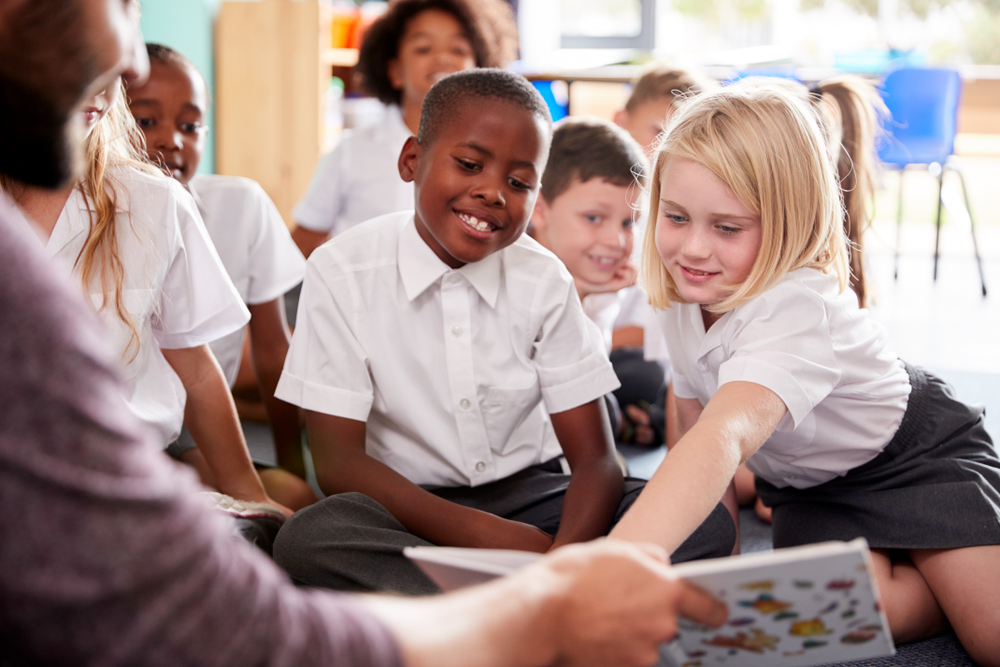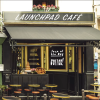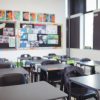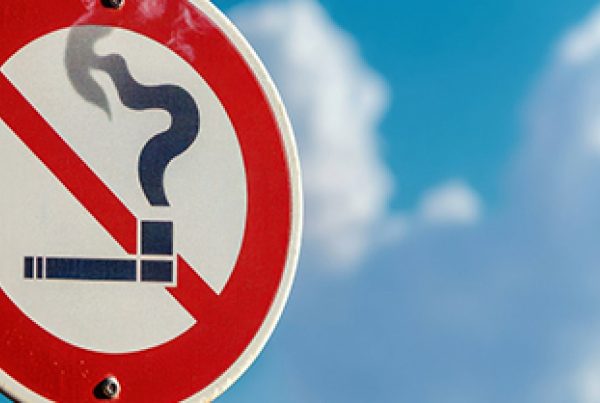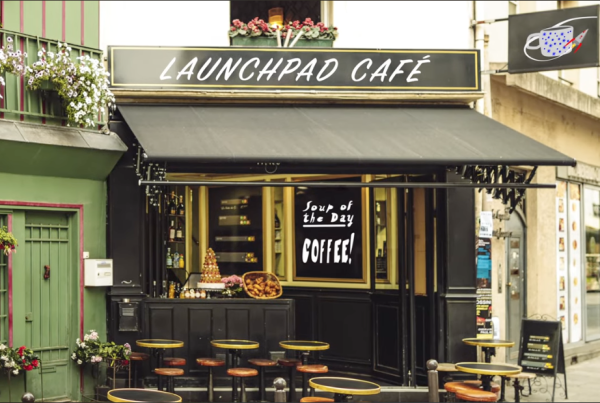Independent Schools Australia said that the growing number of enrolments in the sector shows the value parents place on diversity when choosing a school for their child.
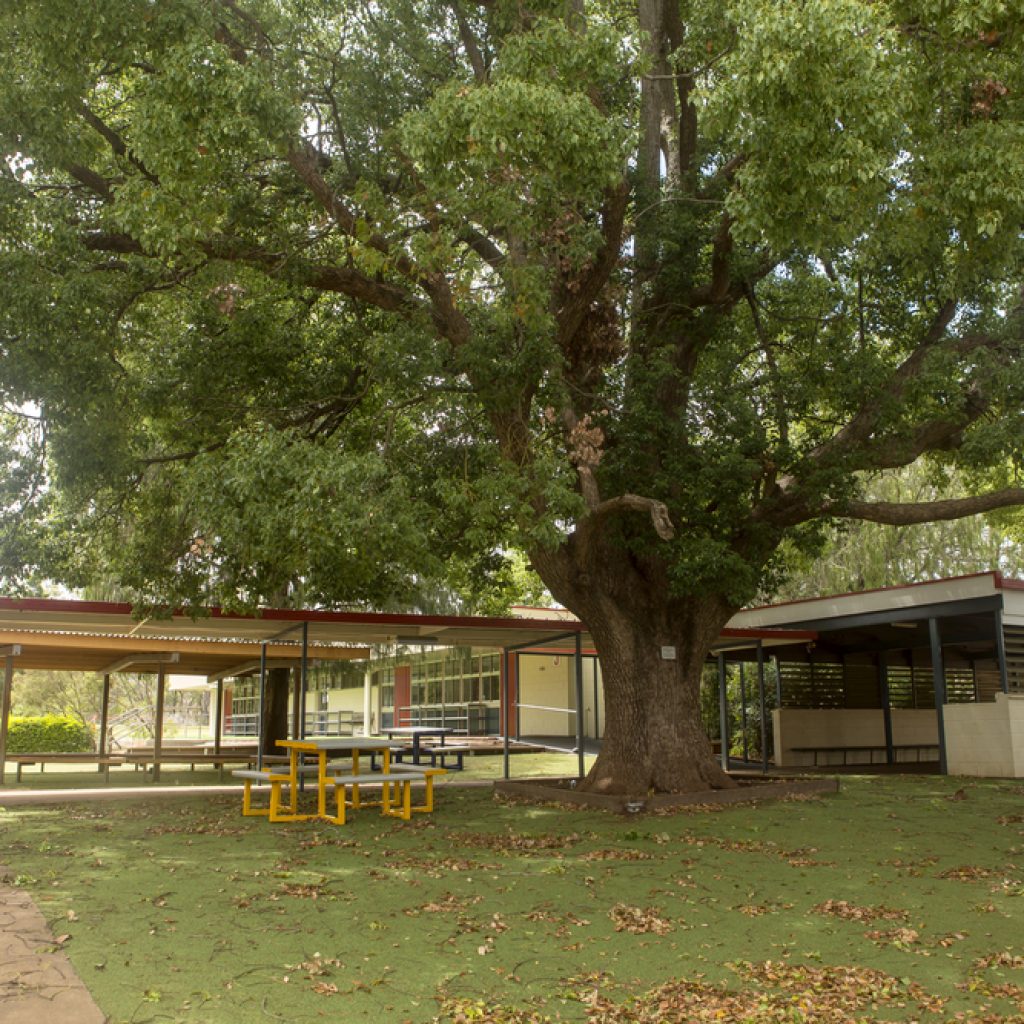
ISA Chief Executive Officer Graham Catt said the latest Independent Schools “Annual Snapshot” showed enrolments grew 3.8 per cent in 2023, and now made-up 17.6 per cent of all Australian students, compared with 4.1 per cent in 1970.
“Even with significant recent increases in the cost of living, more parents, each and every year, choose Independent schools because they offer the choice and diversity they are looking for,’’ Mr Catt said.
“Parents see the choice of school as one of the most important decisions they will make about their child’s future in an increasingly uncertain world. For many families, an Independent school is the choice that they believe is the best fit for their child, values or cultural background, and many make considerable sacrifices to support that choice.”
The Snapshot shows there were 716,848 students at 1,216 Independent schools around the country.
“More low and middle-income families are choosing Independent schools,” said Mr Catt. “Most Independent schools charge annual fees below $6,000, and most have fewer than 400 students, with 11 per cent having less than 50.”
There are 19,299 Aboriginal and Torres Strait Islander students, 4,352 overseas students, 15,204 boarders and 157,000 students with disability in Independent schools.
They are also the largest provider of boarding places for Aboriginal and Torres Strait Islander students.
The sector now employs 19.6 per cent of the nation’s teachers, with a lower teacher to student ratio (11.8 to 1) than the other two sectors – Catholic (13.4 to 1) and Government (13.4 to 1).
The Snapshot shows that most of the recurrent income for Independent schools comes from families and that average government funding per student was $12,160 in Independent schools, $14,670 for Catholic and $22,150 for Government in 2021-22 (the latest data available).
Data in the Snapshot shows that families contribute 52 per cent of the combined recurrent and capital income for schools and 87 per cent of capital income for buildings.
“Families also make substantial donations to their school communities, which is why it is so important for the Government to maintain the Deductible Gift Recipient (DGR) status for school education, which helps build classrooms and fund scholarships,” Mr Catt said.
“The latest data reinforces the need to ensure that every student, in every school, in every sector is fully and fairly funded – particularly as Australian governments negotiate the Better and Fairer Schools Agreement (BFSA),” Mr Catt said.
Most Independent schools are receiving their entitlement of 80 per cent of their School Resourcing Standard from the Australian Government. Those that are above this level are transitioning down to be there by 2029.
As of 2023, 837 of Australia’s Independent schools have already transitioned to 80 per cent. 379 are still above 80 per cent, and 44 of these schools are funded at less than 81 per cent.
Read ISA’s annual Snapshot.
